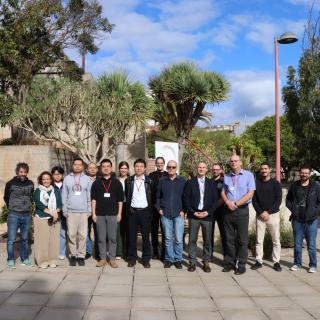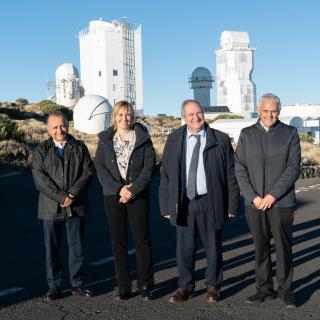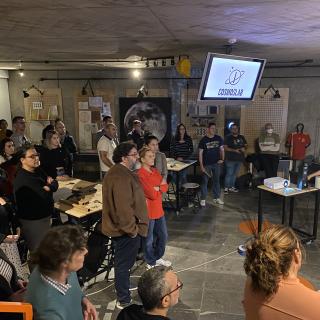
On 27 and 28 November, the Instituto de Astrofísica de Canarias (IAC) hosted a meeting between representatives of the partner institutions of the New Robotic Telescope (NRT) —the IAC itself, Liverpool John Moores University (LJMU), and the University of Oviedo— and a delegation from the National Astronomical Observatories of China (NAOC) headed by its director, Liu Jifeng. The meeting served to analyse the current status of the project and to define the steps required to formalise China’s incorporation into the international NRT consortium. NAOC’s participation opens up a major opportunity
Advertised on




